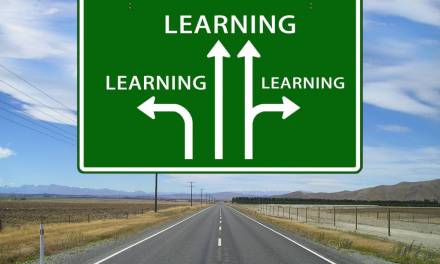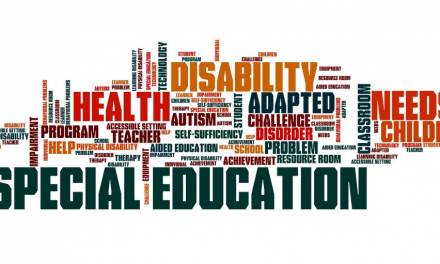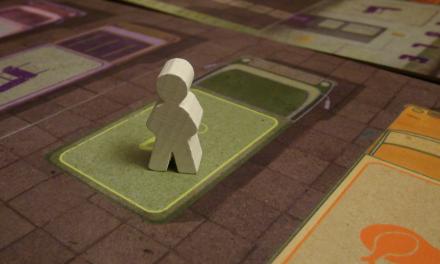An integral part of an all-encompassing curriculum
The importance of teaching arts and their related subjects has always been a much discussed area. Those who work in the arts feel that it’s a way to emphasise and develop the individual mind of each student.
They also feel that it’s not just about creating children or young adults to be artists but it’s a broader goal to look towards which is giving the opportunity for a sense of satisfaction from the creation of an item combined with learning techniques and new language terminology and a sense of being part of the world we live in as a whole.
The undercurrent role of arts in education
Arts-related subjects are often seen as being a support mechanism for the more – arguably – academic sectors of the curriculum in that these areas can be seen as more ‘interesting’, a way to enhance employability skills in possibly under-performing pupils or a way to integrate environmental awareness elements into schemes of work.
Teaching of the arts and associated cultural references though are an integral part of education because they are about instilling a love of learning and gaining knowledge generally rather than there being a need for links to moral or social elements. Those who enjoy learning about art and culture generally enjoying learning overall – this then being backed up with the assumption of an educated person being interested in the arts in post-school years.
The reality of arts and culture in education
Whilst the sciences are seen to be instilling thought and theory, the arts provide learning on the understanding of the appearance of the visible, the tangible and the audible. Art means introducing both classic and modern literature, the beauty of dance, the power of music and the creativity of visual art and film.
The over-riding important element is that schools should be committed to offering the best opportunities they can to include as many art forms as possible within the priorities of the school itself. This may come down to the accessibility of specialist teachers but art is more than merely offering seemingly less academic options or a way for those who are not destined to excel a way to fill a timetable.
A successful arts and culture curriculum
With roots in the educational thinking of the 1980s, there are now four areas of study within the subject area which should be to base to work from; critical judgement, understanding of aesthetics, enhancing historical knowledge and skills in creativity.
For a school looking to develop their current offering, they should consider centring their improvements around enabling and empowering pupils to think like an artist or a critic of the arts. The teaching would not only focus on technical skills but also feature just as much on the ability to see and express opinion from an aesthetic perspective.
This woven in with the historical importance of local, national and international cultural references can help the student make judgements about what they find pleasing within the arts. This then leads to improved thinking skills where they can then communicate as an individual or a group philosophical matters about subjects which as what is the real definition of art and the individuality of what beauty is – and does it matter.
An effective arts and cultural curriculum offering provides the opportunity for problem-solving skills to be developed, innovation encouraged and inspirational communication and attitudes to parts of life. These skills in turn lend themselves to other areas of learning and can therefore provide the cornerstones to a positive schooling experience in a range of subjects where without the arts there may be less achievement of goals and targets.










